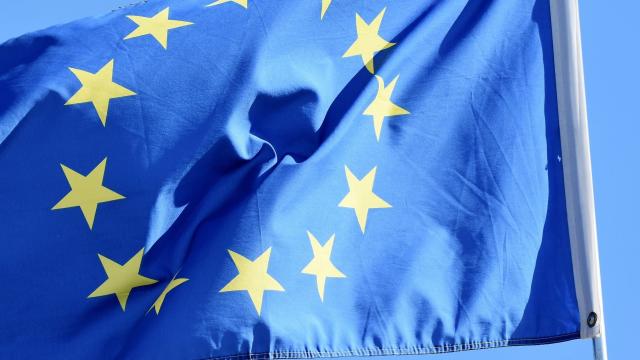European Banking Authority (EBA) Publishes Final Draft Technical Standards under MiCA Legislation
Overview:
The European Banking Authority (EBA) has released the final draft technical standards on prudential matters that crypto firms must adhere to under the Markets in Crypto Assets (MiCA) legislation.
Contents
Key Points of MiCA Legislation:
- Passed Last Year: MiCA provides a comprehensive regulatory framework for the crypto sector, including rules for crypto companies and stablecoin issuers.
- Bespoke Rules: The legislation tailors specific requirements to the unique aspects of the crypto market.
EBA’s Technical Standards:
- Stress Testing Criteria: Issuers of asset-referenced tokens are required to conduct stress tests based on plausible financial stress scenarios.
- Liquidity Requirements: The standards specify the liquidity requirements for reserve assets that issuers must maintain.
- Recovery Plan: Issuers need to develop a recovery plan to address potential financial difficulties.
Details on Stress Testing:
- Stress Testing Programs: Must be based on realistic financial stress scenarios.
- Competent Authorities’ Role: Authorities have the power to increase the amount of own funds requirements for issuers of asset-referenced tokens, considering the risk outlook and the results of stress tests.
Collaborative Development:
- Involvement of Key Bodies: The technical standards were developed in close cooperation with the European Securities and Markets Authority (ESMA) and the European Central Bank (ECB).
Implications for the Crypto Sector:
- Enhanced Oversight: The new standards aim to enhance the oversight and stability of the crypto sector by ensuring that firms are adequately prepared for financial stress.
- Regulatory Clarity: The EBA’s standards provide clarity on the prudential requirements that crypto firms need to meet, aligning with the broader objectives of MiCA to protect investors and maintain market integrity.
These developments mark a significant step in the regulation of the crypto industry within the European Union, aiming to foster a secure and resilient financial environment.
